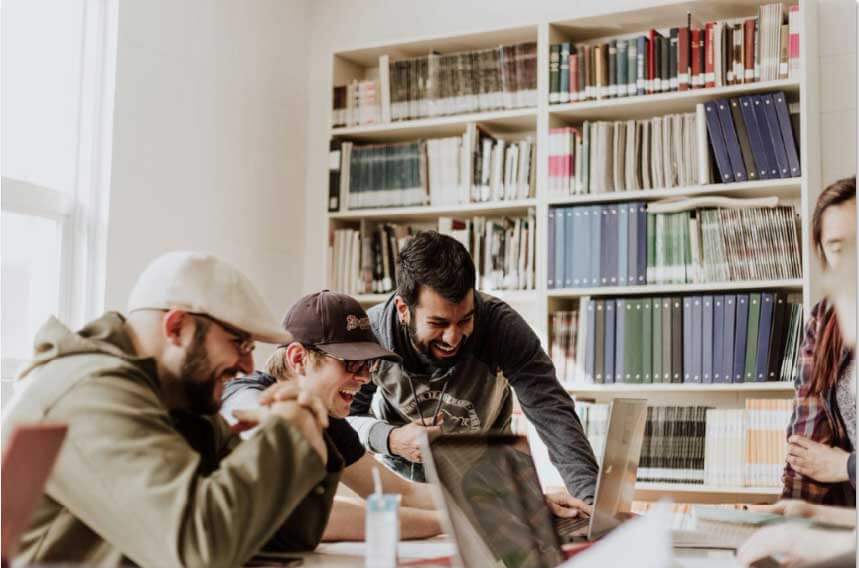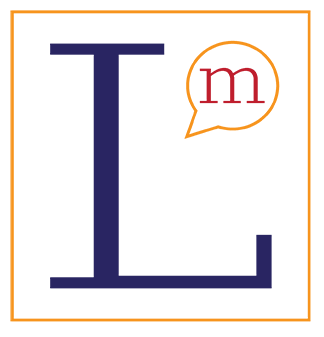The Method
Get to know us
My Linguistics Method
A method founded on 40 years of experience and loved by students worldwide. Conceptualized and created in Switzerland, the method has been used to teach thousands of students languages worldwide.

Course Features
What you’ll use
The method provides carefully structured exercises to help students develop their vocabulary and sentence structures innately. Students are not taught formal grammar but instead trained to acquire it naturally. They might not know the rules, but they will be able to recognize if a sentence is correct or not.
The method – Rethink the traditional language class
From changing the traditional classroom format to rethinking exercises, the method takes a different approach to conventional language teaching. Discover a few.
Paired exercises
Students work in groups of two or three. Activities are formatted in such a way as to ensure that each student is given the same opportunity to speak and participate.
A human method
The method has been digitalized, but human contact remains at the heart of each class. Students work in pairs, using the platform as they would a book.
Teachers become facilitators
Langue trainers don’t face a class but navigate between groups. Their role is to coordinate exercises and consult the different groups.
Why the method works
The method is built around a core question: What’s the most efficient approach to learning languages in a classroom? Our solution to this question is built around several fundamental considerations. Integrating the following considerations into each lesson creates an atmosphere conducive to language acquisition.
Testimonials
What People are Saying
Lorem ipsum dolor sit amet, consectetur adipiscing elit. Ut elit tellus, luctus nec ullamcorper mattis, pulvinar dapibus leo.
